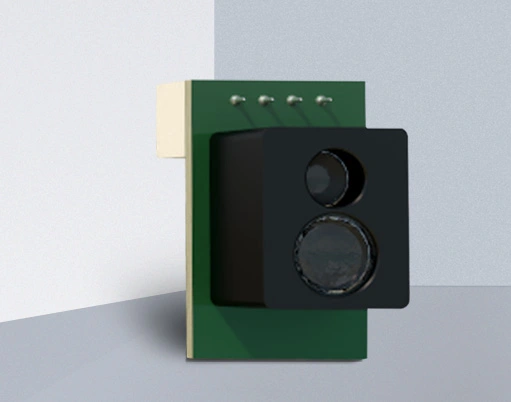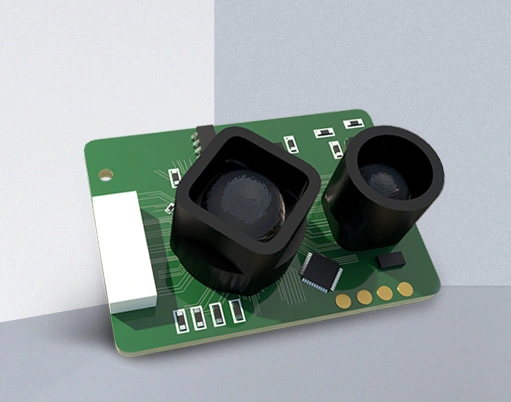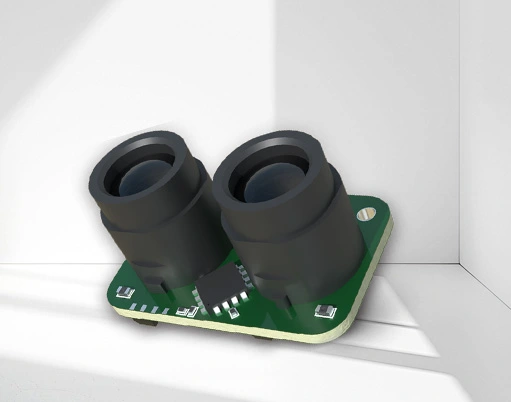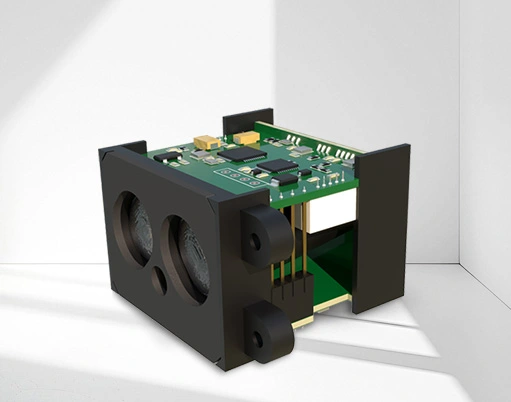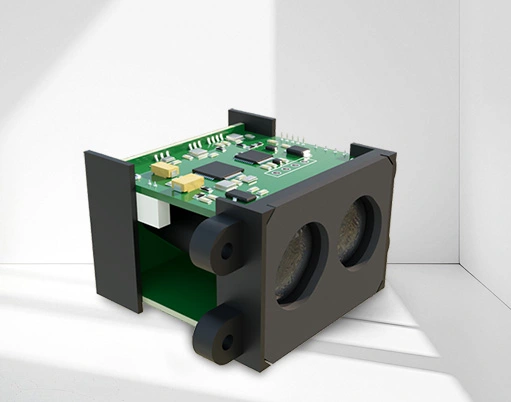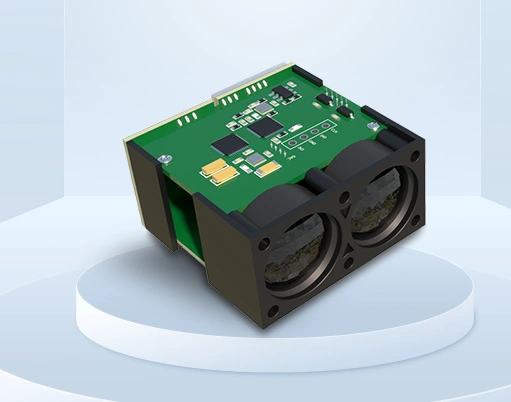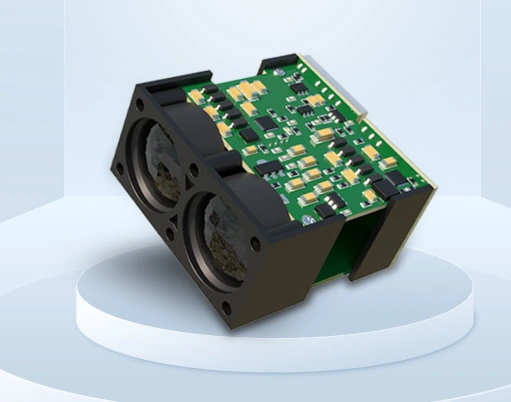
1、 Implementation points and optimization strategies
(1) Installation and Calibration
1. Installation accuracy: The sensor installation bracket should have a horizontal/vertical accuracy of ≤ 0.5 ° to avoid measurement errors caused by installation tilt; Calibrate the verticality between the sensor and the empty box conveyor line using a laser level.
2. Benchmark calibration: In the empty box measurement area, place standard size empty boxes (such as 1AAA empty boxes used for calibration), collect sensor reference distance values, establish a "standard size measurement distance" mapping relationship, and use it for compensation and correction of subsequent measurement data.
(2) Anti interference optimization
1. Environmental light filtering: Install a narrowband filter (only passing 905nm laser) on the sensor lens to reduce the interference of reflected light from the terminal glass curtain wall and strong nighttime lighting.
2. Dust protection: Install compressed air blowing devices (automatically blowing the lens every 5 minutes) on sensors in the loading and unloading area and luggage sorting area, combined with IP67 protection level sensors, to resist dust and water vapor erosion.
(3) Data Fusion and System Integration
1. Multi sensor fusion: Integrate ToF sensor data with airport baggage handling system (BHS) and AGV scheduling system to achieve real-time sharing of empty box measurement data, such as triggering the empty box sorting process of BHS directly based on abnormal empty box size information.
2. Point cloud data application: For stacking monitoring and complex posture recognition scenarios, the point cloud data collected by the ToF sensor array is processed using PCL (Point Cloud Library) algorithm to generate a three-dimensional model of the empty container, which assists in automated equipment decision-making.
2、 Typical application scenario example - Automated loading and unloading of airport cargo empty containers
At the airport cargo terminal, empty containers are transported to the loading and unloading area by AGV:
1. Entrance verification: ToF sensor array measures the size of the empty box to determine whether it is qualified; Unqualified empty containers trigger AGV branch transportation to the maintenance area.
2. Loading and unloading alignment: Sensors recognize the position and tilt angle of empty boxes on the AGV, guiding the robotic arm to accurately grasp them with a grasping error of ≤± 5mm.
3. Stacking storage: Sensors in the storage area monitor the height and contour of the stack, plan the optimal storage path for AGV, and increase storage density by more than 20%.
The time-of-flight laser ranging sensor provides an efficient and accurate non-contact solution for airport empty container measurement, adapting to the strict requirements of airports for empty container cleanliness, dynamic monitoring, and anti-interference. By reasonably arranging sensors and integrating multidimensional data, it can cover the entire process scenarios of empty box size verification, stack monitoring, automated loading and unloading alignment, and help upgrade the intelligence of airport logistics. With the iteration of ToF technology (such as the application of solid-state LiDAR), the accuracy and integration of empty container measurement in airports will be further improved in the future, driving airport cargo efficiency to new heights.

